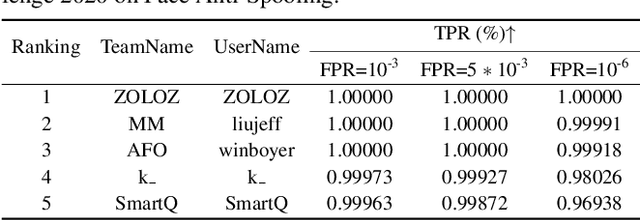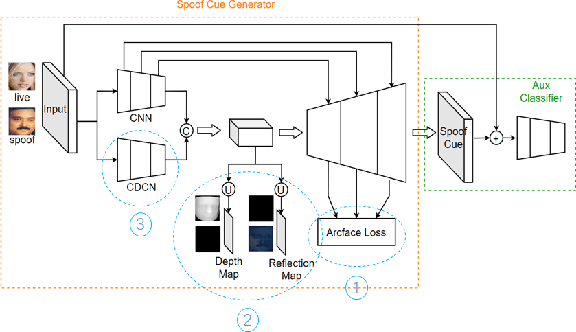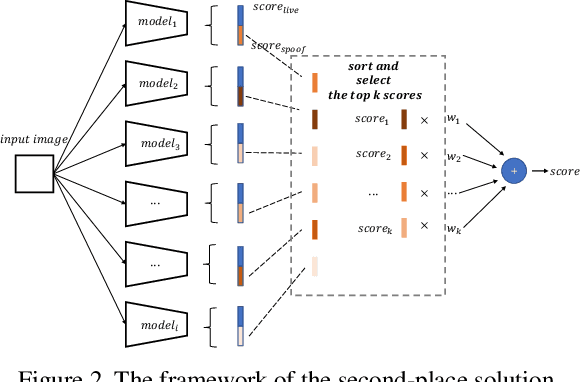Tianqi Hong
MATNilm: Multi-appliance-task Non-intrusive Load Monitoring with Limited Labeled Data
Jul 29, 2023Abstract:Non-intrusive load monitoring (NILM) identifies the status and power consumption of various household appliances by disaggregating the total power usage signal of an entire house. Efficient and accurate load monitoring facilitates user profile establishment, intelligent household energy management, and peak load shifting. This is beneficial for both the end-users and utilities by improving the overall efficiency of a power distribution network. Existing approaches mainly focus on developing an individual model for each appliance. Those approaches typically rely on a large amount of household-labeled data which is hard to collect. In this paper, we propose a multi-appliance-task framework with a training-efficient sample augmentation (SA) scheme that boosts the disaggregation performance with limited labeled data. For each appliance, we develop a shared-hierarchical split structure for its regression and classification tasks. In addition, we also propose a two-dimensional attention mechanism in order to capture spatio-temporal correlations among all appliances. With only one-day training data and limited appliance operation profiles, the proposed SA algorithm can achieve comparable test performance to the case of training with the full dataset. Finally, simulation results show that our proposed approach features a significantly improved performance over many baseline models. The relative errors can be reduced by more than 50% on average. The codes of this work are available at https://github.com/jxiong22/MATNilm
CelebA-Spoof Challenge 2020 on Face Anti-Spoofing: Methods and Results
Feb 26, 2021



Abstract:As facial interaction systems are prevalently deployed, security and reliability of these systems become a critical issue, with substantial research efforts devoted. Among them, face anti-spoofing emerges as an important area, whose objective is to identify whether a presented face is live or spoof. Recently, a large-scale face anti-spoofing dataset, CelebA-Spoof which comprised of 625,537 pictures of 10,177 subjects has been released. It is the largest face anti-spoofing dataset in terms of the numbers of the data and the subjects. This paper reports methods and results in the CelebA-Spoof Challenge 2020 on Face AntiSpoofing which employs the CelebA-Spoof dataset. The model evaluation is conducted online on the hidden test set. A total of 134 participants registered for the competition, and 19 teams made valid submissions. We will analyze the top ranked solutions and present some discussion on future work directions.
Encoding Frequency Constraints in Preventive Unit Commitment Using Deep Learning with Region-of-Interest Active Sampling
Feb 18, 2021



Abstract:With the increasing penetration of renewable energy, frequency response and its security are of significant concerns for reliable power system operations. Frequency-constrained unit commitment (FCUC) is proposed to address this challenge. Despite existing efforts in modeling frequency characteristics in unit commitment (UC), current strategies can only handle oversimplified low-order frequency response models and do not consider wide-range operating conditions. This paper presents a generic data-driven framework for FCUC under high renewable penetration. Deep neural networks (DNNs) are trained to predict the frequency response using real data or high-fidelity simulation data. Next, the DNN is reformulated as a set of mixed-integer linear constraints to be incorporated into the ordinary UC formulation. In the data generation phase, all possible power injections are considered, and a region-of-interests active sampling is proposed to include power injection samples with frequency nadirs closer to the UFLC threshold, which significantly enhances the accuracy of frequency constraints in FCUC. The proposed FCUC is verified on the the IEEE 39-bus system. Then, a full-order dynamic model simulation using PSS/E verifies the effectiveness of FCUC in frequency-secure generator commitments.
Hybrid Imitation Learning for Real-Time Service Restoration in Resilient Distribution Systems
Dec 04, 2020



Abstract:Self-healing capability is one of the most critical factors for a resilient distribution system, which requires intelligent agents to automatically perform restorative actions online, including network reconfiguration and reactive power dispatch. These agents should be equipped with a predesigned decision policy to meet real-time requirements and handle highly complex $N-k$ scenarios. The disturbance randomness hampers the application of exploration-dominant algorithms like traditional reinforcement learning (RL), and the agent training problem under $N-k$ scenarios has not been thoroughly solved. In this paper, we propose the imitation learning (IL) framework to train such policies, where the agent will interact with an expert to learn its optimal policy, and therefore significantly improve the training efficiency compared with the RL methods. To handle tie-line operations and reactive power dispatch simultaneously, we design a hybrid policy network for such a discrete-continuous hybrid action space. We employ the 33-node system under $N-k$ disturbances to verify the proposed framework.
Deep Active Learning for Solvability Prediction in Power Systems
Jul 27, 2020


Abstract:Traditional methods for solvability region analysis can only have inner approximations with inconclusive conservatism. Machine learning methods have been proposed to approach the real region. In this letter, we propose a deep active learning framework for power system solvability prediction. Compared with the passive learning methods where the training is performed after all instances are labeled, the active learning selects most informative instances to be label and therefore significantly reduce the size of labeled dataset for training. In the active learning framework, the acquisition functions, which correspond to different sampling strategies, are defined in terms of the on-the-fly posterior probability from the classifier. The IEEE 39-bus system is employed to validate the proposed framework, where a two-dimensional case is illustrated to visualize the effectiveness of the sampling method followed by the full-dimensional numerical experiments.
Approximating Trajectory Constraints with Machine Learning -- Microgrid Islanding with Frequency Constraints
Feb 21, 2020



Abstract:In this paper, we introduce a deep learning aided constraint encoding method to tackle the frequency-constraint microgrid scheduling problem. The nonlinear function between system operating condition and frequency nadir is approximated by using a neural network, which admits an exact mixed-integer formulation (MIP). This formulation is then integrated with the scheduling problem to encode the frequency constraint. With the stronger representation power of the neural network, the resulting commands can ensure adequate frequency response in a realistic setting in addition to islanding success. The proposed method is validated on a modified 33-node system. Successful islanding with a secure response is simulated under the scheduled commands using a detailed three-phase model in Simulink. The advantages of our model are particularly remarkable when the inertia emulation functions from wind turbine generators are considered.
 Add to Chrome
Add to Chrome Add to Firefox
Add to Firefox Add to Edge
Add to Edge